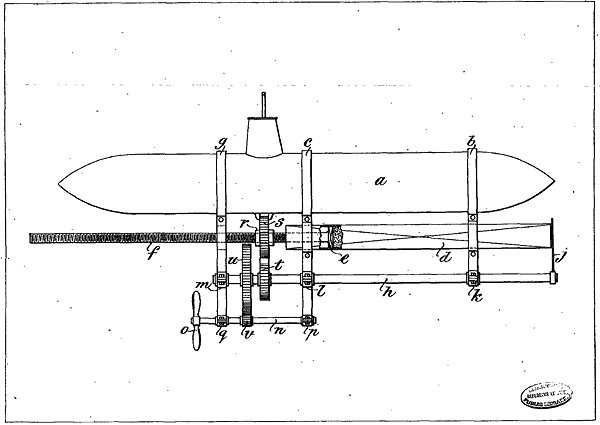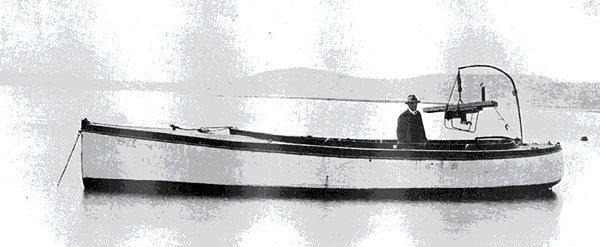Anti-Submarine Seagulls
During World War I the British Navy attempted to train seagulls to reveal the presence of German submarines. The idea was to use a dummy periscope "from which at intervals food would be discharged like sausage-meat from a machine." The birds would, hopefully, learn to associate periscopes with food and would then fly around approaching German submarines, revealing where they were.
Initial tests were conducted by Admiral Sir Frederick Inglefield in Poole harbour in Dorset. Inglefield tried to train the birds not only to fly around periscopes, but also to poop on them.
Subsequent tests were briefly conducted in 1917, but then the Navy abandoned the idea.
One private inventor, Thomas Mills, refused to give up on the idea. In 1918 he patented what he called an "apparatus for use in connection with the location of submarines" (Patent GB116,976). It was basically a dummy periscope that disgorged ribbons of food.
Unfortunately for Mills, the development of sonar then made submarine-detecting seagulls unnecessary.
More info: "Avian Anti-Submarine Warfare Proposals In Britain, 1915-18: The Admiralty And Thomas Mills," by David A.H. Wilson in the International Journal of Naval History - Apr 2006, 5(1).


Initial tests were conducted by Admiral Sir Frederick Inglefield in Poole harbour in Dorset. Inglefield tried to train the birds not only to fly around periscopes, but also to poop on them.
Subsequent tests were briefly conducted in 1917, but then the Navy abandoned the idea.
One private inventor, Thomas Mills, refused to give up on the idea. In 1918 he patented what he called an "apparatus for use in connection with the location of submarines" (Patent GB116,976). It was basically a dummy periscope that disgorged ribbons of food.
Unfortunately for Mills, the development of sonar then made submarine-detecting seagulls unnecessary.
More info: "Avian Anti-Submarine Warfare Proposals In Britain, 1915-18: The Admiralty And Thomas Mills," by David A.H. Wilson in the International Journal of Naval History - Apr 2006, 5(1).

Thomas Mills' seagull-training device

Mills and his invention
Comments
Commenting is not available in this channel entry.

Category: Military | Patents | 1910s